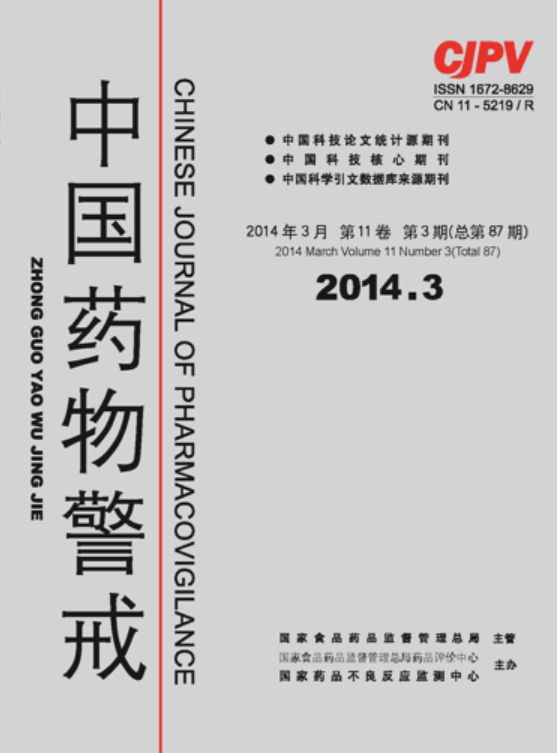|
|
Literature Analysis of Extract of Adverse Drug Reaction Induced by GinkGgo Biloba Leaves Injection
YANG Le DU Xiao-xi GUO Xiao-xing REN Jing-tian SHEN Lu SONG Hai-bo*
2014, 11(3):
163-169.
Extract of Ginkgo biloba leaves injection is ginkgo preparation, is widely used in clinic. Retrospective research method is used in the article for key analysis on post-marketing safety information of domestic literature reports. It is found that the main adverse reaction is allergy which is in a rapid reactive type. Using the drug alone or in combination may either cause risks. Serious adverse reactions mainly include digestive system damage, central, peripheral nerve systems damage, skin, its accessories damages, cardiovascular system damage, etc. Main symptoms include gastrointestinal discomfort, nausea, liquid stools, diarrhea, stress ulcer, headache, dizziness, erubescence, sweating, lower blood pressure, palpitation, conjunctival congestion, cerebral hemorrhage, insomnia, etc. Accordingly we propose recommendations on suitable risk control measure for a safer, more rational use of the drug
References |
Related Articles |
Metrics
|
